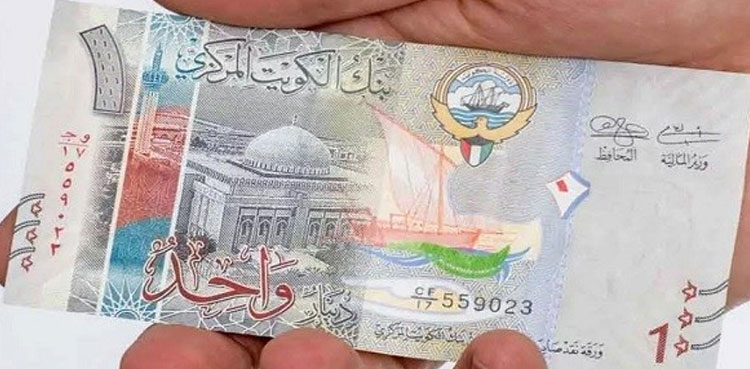KARACHI – April 16, 2025 – In a notable development in the foreign exchange market, the Kuwaiti Dinar (KWD) has maintained its strength against the Pakistani Rupee, currently trading at 914.57 PKR in the open market.
This shift underscores the ongoing fluctuations in global currency dynamics and emphasizes the intricate elements shaping exchange rates between nations. While the change appears modest, it carries significant implications for trade, remittances, and the financial well-being of Pakistani expatriates in Kuwait.
1 KWD = 914.57 PKR
Understanding the Exchange Rate Mechanism
The KWD-PKR exchange rate is shaped by various factors, including economic stability, inflation, interest rates, geopolitical events, and market demand. The Kuwaiti Dinar is tied to a basket of global currencies, mainly the US Dollar, lending it stability. In contrast, the Pakistani Rupee operates under a managed float system, causing its value to fluctuate based on market forces, heavily influenced by Pakistan’s monetary policies, fiscal health, and external pressures like debt obligations and import demands.
The recent Kuwaiti Dinar rise against the PKR can be attributed to Kuwait’s robust oil-based economy, substantial financial reserves, and political steadiness. Meanwhile, the PKR faces strain from rising inflation, a widening current account deficit, and reliance on foreign loans. These differing economic conditions highlight disparities in currency performance.
Impact on Pakistani Expatriates
For the large Pakistani workforce in Kuwait, the KWD’s appreciation brings both benefits and challenges. On one hand, a stronger KWD increases the purchasing power of remittances sent home. For instance, sending 100 KWD now converts to roughly 91,457 PKR, up from 91,234 PKR a week ago—a slight but meaningful boost for families coping with Pakistan’s rising living costs.
However, expatriates may also face higher living expenses in Kuwait if prices adjust to the stronger dinar. Additionally, those planning to return to Pakistan might find converting savings into PKR less favorable, depending on future exchange trends.
Broader Economic Implications
The PKR’s depreciation against currencies like the KWD exposes structural weaknesses in Pakistan’s economy. A weaker rupee drives up import costs, fueling inflation and complicating economic stabilization. Conversely, Kuwait’s strong dinar reinforces its status as one of the world’s most stable currencies, supported by sound fiscal management and abundant energy resources.
DOLLAR AND OTHER CURRENCY RATES TODAY IN PAKISTAN
KWD and PKR Introduction
Introduced in 1961, the Kuwaiti Dinar (KWD) replaced the Gulf Rupee and remains one of the world’s strongest currencies. Backed by vast oil reserves and prudent monetary policies, the KWD enjoys high stability and investor confidence, symbolizing Kuwait’s economic strength and regional influence.
The Pakistani Rupee (PKR), Pakistan’s official currency since 1949, has faced repeated devaluations and instability, mirroring the country’s economic struggles. Despite these challenges, the PKR remains vital to domestic trade and commerce.


Leave a Comment